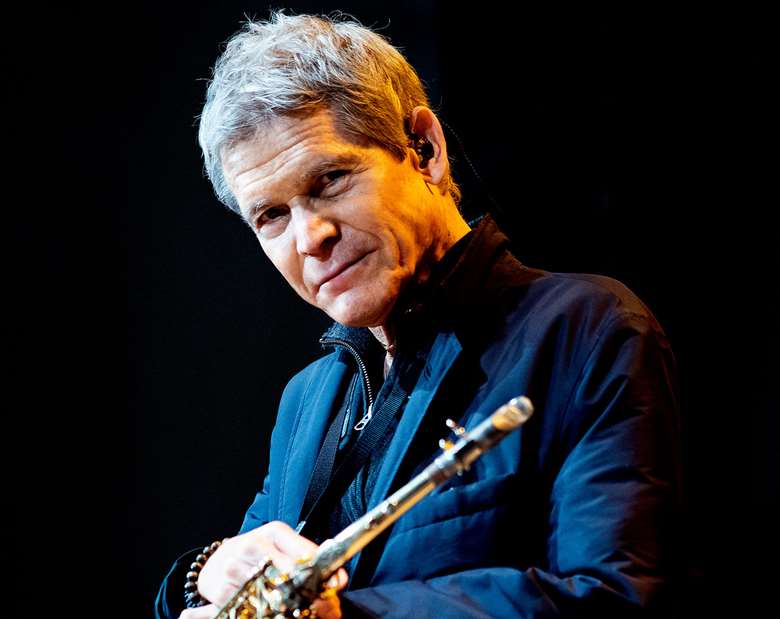David Sanborn: 30/7/1945-12/5/2024
Alyn Shipton
Tuesday, May 14, 2024
Alyn Shipton pays tribute to the revered saxophonist, solo artist, session ace and star sideman who has died age 78


Register now to continue reading

Thank you for visiting Jazzwise.co.uk. Sign up for a free account today to enjoy the following benefits:
- Free access to 3 subscriber-only articles per month
- Unlimited access to our news, live reviews and artist pages
- Free email newsletter


